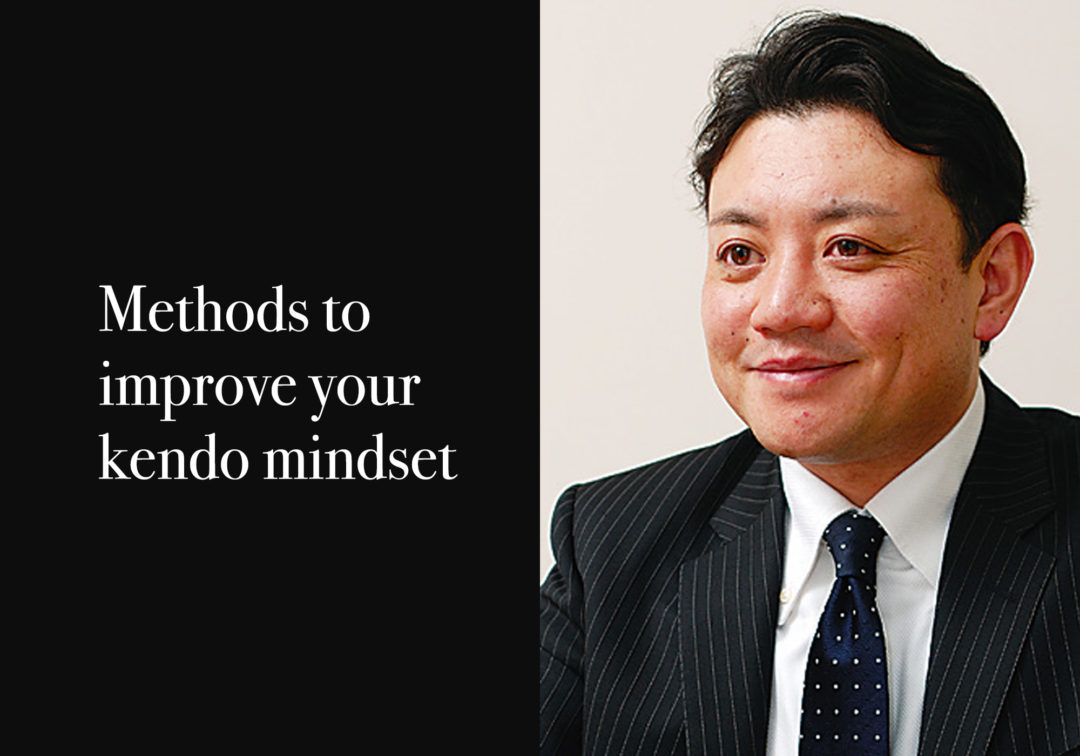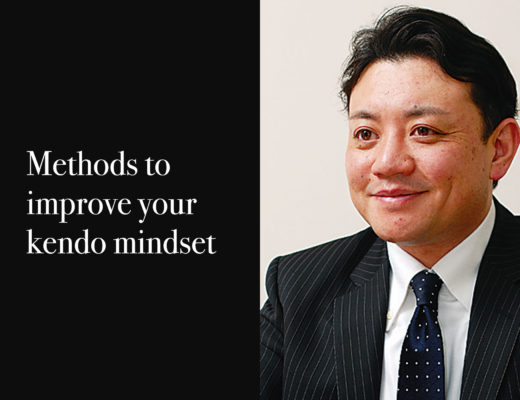What I was aiming for in this writing was not just to show the knowledge and topic of difficult psychological research, but also to point out what different generations of swordsmen and athletes have been feeling, thinking and doing in their daily lives while being as specific and as easy-to-understand as possible based on psychological theory and methodology. Each article is based on developing a story that links a psychological theme with Kendo and everyday situations. Even if you end up keeping in mind only one of these phrases, it will be a great pleasure for me as an author if that becomes the foundation of your Kendo tomorrow.
Yano Hiromitsu
Born in Yuzawa City, Akita Prefecture in 1968. Graduated from Tokai University’s Faculty of Physical Education in Kendo followed by the Tokai University Graduate School of Physical Education (Sports Psychology). Graduated from Nagoya University Graduate School of Education and Development Science (Psychology). Ph.D.(Psychology). Currently a professor at the Kochi University Department of Education. As a sports psychology specialist, he worked on support for various competitions and at the same time directed the Kendo Club at Kochi university. He is also active internationally, including the position of Swedish National Kendo Team Director (2006). He has consistently developed research activities focusing on the connection between mind and body. Participated in the All Japan East-West Kendo Tournament receiving the Excellent Match Award. Kendo 7th Dan Kyoshi.
Small Changes to Help You Stay Positive
Tennis is said to be a sport where mental aspects significantly influence the outcome. This time, let’s focus on the actions of female tennis player Martina Hingis. She is known for being the youngest player in history to achieve the world number one ranking at the age of 16 years and 6 months in 1997. Hingis’s strengths are undoubtedly her cerebral play and her precise backhand down the line. Additionally, she is known for her “emotional volatility” as much as for her remarkable technique. Therefore, in her case, self-control is considered the key to winning or losing.
In one particular match, it was a tense game with back-and-forth action. Whenever Hingis took the lead, her opponent would catch up, and when Hingis tried to widen the gap, her own mistakes would let her opponent take the lead instead. During this, Hingis was growing increasingly frustrated. Eventually, she protested a close call to the umpire with a sullen expression, and the audience gradually turned in favor of her opponent, making the atmosphere entirely hostile for Hingis.
Then, to make matters worse, Hingis experienced an accident with her leg. Severe pain and cramps tormented her. Struck by this unexpected mishap, her play lost its precision, and she was on the verge of tears. In tennis, there are rules allowing a player to receive medical treatment based on the doctor’s or trainer’s judgment in such cases. Hingis left the court and disappeared into the locker room. At that moment, everyone was convinced of Hingis’s defeat.
The rest of this article is only available for Kendo Jidai International subscribers!



